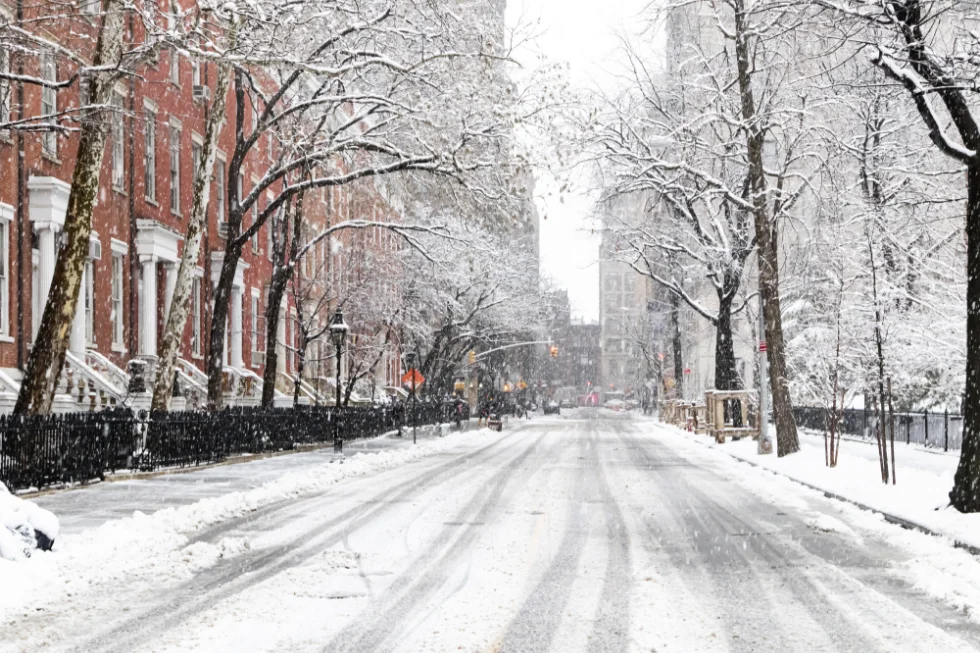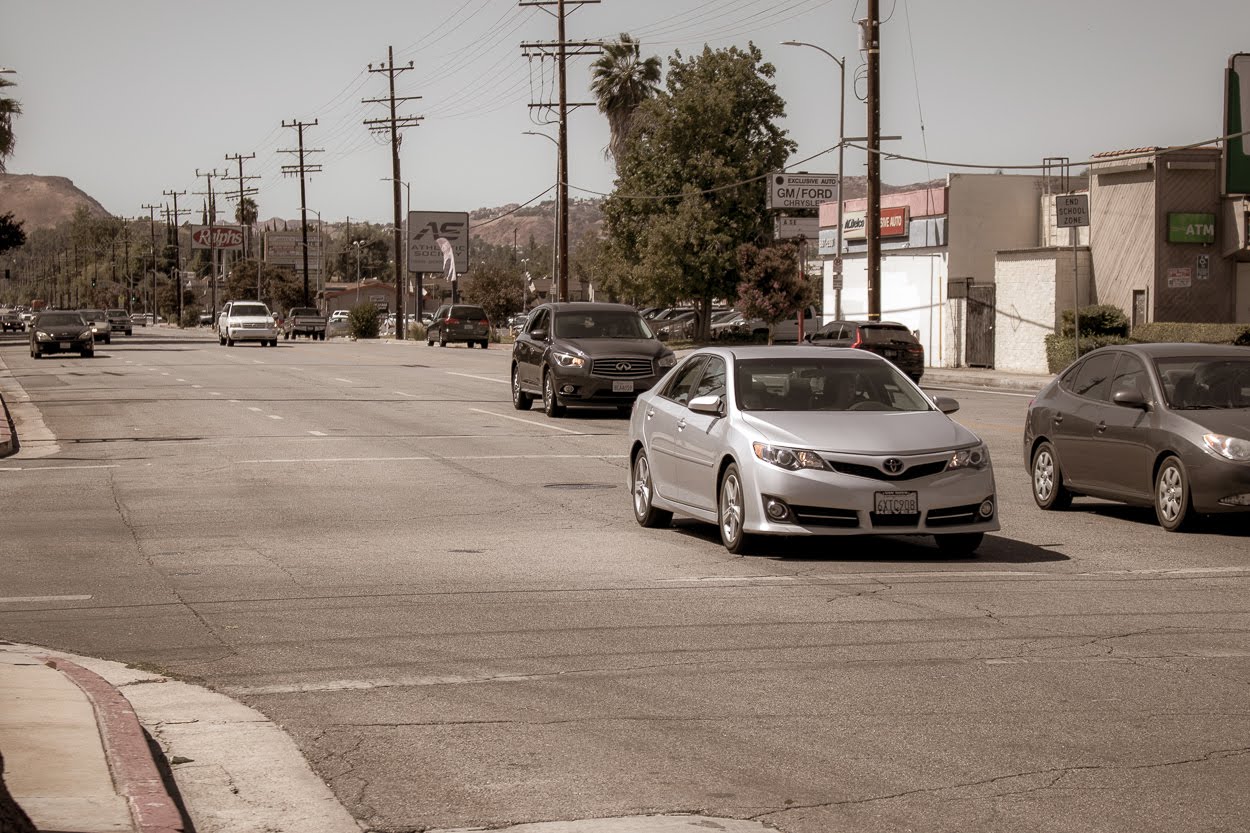Winter driving in New York can be a nerve-wracking experience, especially as the holiday season kicks into high gear. November typically marks the start of hazardous driving conditions, with icy roads, snowstorms, and holiday travel demand increasing the likelihood of accidents. Adding to the chaos are Gridlock Alert Days, or periods when traffic congestion reaches its peak.
To help you stay safe this winter, we’ve outlined four common causes of auto collisions in New York and practical ways to avoid them.
Weather-Related Hazards
Winter driving hazards often come down to two culprits: icy roads and snowstorms. They’re the main reasons why drivers must take extra precautions when traveling this season.
Icy Roads and Black Ice
Black ice, a nearly invisible layer of frozen water, forms when temperatures drop suddenly after precipitation. It is especially prevalent on shaded roads, bridges, and overpasses. The deceptively smooth surface can cause even the most experienced drivers to lose control, resulting in skids and collisions. Such risks are heightened by winter precipitation, which studies show significantly increases the likelihood of crashes and injuries, particularly during more intense storms.
How to stay safe:
- Reduce your speed and avoid sudden braking.
- Leave more space between you and the car ahead to give yourself more time to stop.
- Know your vehicle’s braking system inside out; see if its anti-lock brakes work (or if it has one).
Snowstorms and Reduced Visibility
Heavy snowfall can obscure road markings, reduce visibility, and slow reaction times. In urban areas like New York City, the combination of congested roads and snow increases the likelihood of collisions. Snowbanks can also limit visibility at intersections, which also increases the risk of crashes.
How to stay safe:
- Invest in high-quality wipers and inspect them before the season starts.
- Always use your headlights in snowy or low-visibility conditions.
- Whenever possible, postpone trips during severe snowstorms or use public transportation instead.
Driver-Related Issues
Driving too fast is one of the leading contributors to winter accidents. While speed limits are designed for optimal road conditions, they don’t account for icy, wet, or snowy surfaces. When driving during winter, slightly going over the limit can increase your risk of skidding, losing control, or being unable to stop in time to avoid a collision.
Distracted Driving During the Holidays
Driving requires your full and undivided attention, but this may be easier said than done during the holiday season. The hustle and bustle of the holidays can lead to distractions like texting, checking emails, or taking calls while you’re on the road. These distractions, combined with adverse weather conditions, can significantly increase the risk of accidents.
If an accident does occur, a texting-while-driving accident lawyer could be the support you need.
How to stay safe:
- Put away your phone and use devices sparingly while driving.
- Pre-plan your route to avoid unnecessary fiddling with navigation apps while driving.
- Stay calm and focused, and do your best to take your mind off the holiday rush when you’re on the road.
New York-Specific Risk Factors
New York City’s densely packed streets are a challenge year-round, but during the winter months, the risks multiply.
Crowded Roads and Aggressive Driving in NYC
Holiday traffic, coupled with winter weather, contributes to congestion. The dangers associated with tailgating, weaving between lanes, speeding, and other aggressive driving behaviors become even more pronounced during snowy conditions.
How to stay safe:
- Practice patience during heavy traffic, as rushing only increases the likelihood of a collision.
- Maintain a safe following distance to avoid rear-end collisions on slick roads.
- Plan your route ahead of time to avoid peak traffic areas, and consider alternative modes of transportation when feasible.
Bridges, Overpasses, and Other Cold Spots
Bridges and overpasses are notorious for freezing faster than regular roads, creating unexpected icy patches that catch drivers off guard. These structures lack the insulation provided by the ground beneath regular roadways, allowing cold air to circulate and freeze moisture more quickly. Areas like the Brooklyn Bridge or the RFK Bridge are particularly prone to these conditions.
This phenomenon makes even short trips across these structures risky, especially during the early morning or late evening when temperatures drop further. A moment of inattention or sudden braking on these cold spots can lead to skidding or multi-vehicle pileups.
How to stay safe:
- Reduce your speed significantly when approaching and driving over bridges or overpasses.
- To maintain control on potentially icy surfaces, avoid sudden braking or sharp turns.
- Stay alert for signs of black ice, especially during freezing temperatures or after precipitation.
Stay Safe This Winter
There’s no way to control the weather or the behavior of others, but you can be responsible for your and your loved ones’ safety by taking steps to reduce the risks. Slow down, stay alert, and ensure your vehicle is winter-ready.
Should you find yourself in an accident, the experienced team at Keith D. Silverstein & Associates is here to help. Book a free consultation with our team today.





